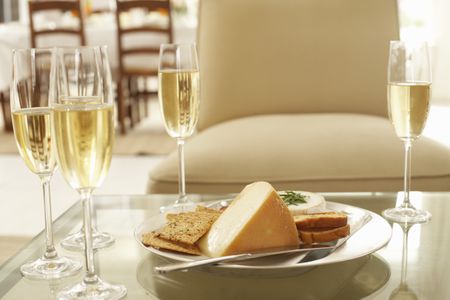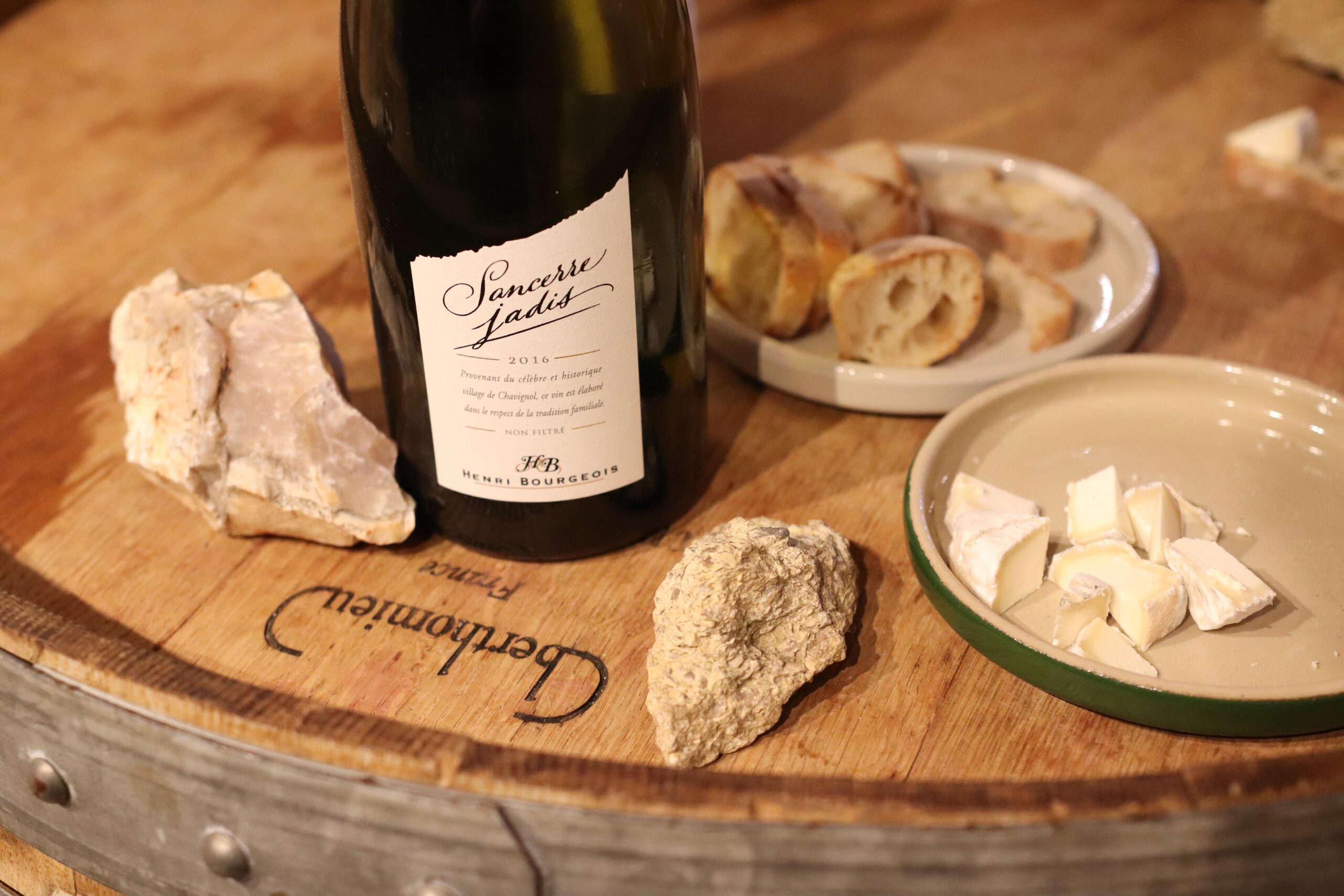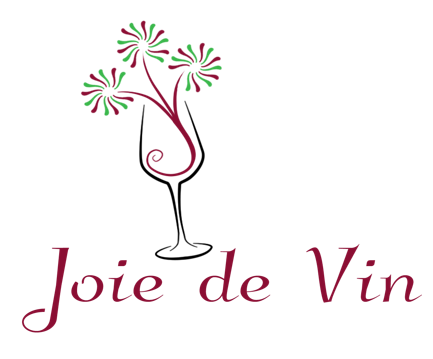Pairing cheese with wine. Winemaking and cheesemaking have been established, side-by-side, for centuries, so it’s no surprise that this food and drink combination go so well together. Both often take years of aging to reach maturation and optimum flavor, both require careful tending by producers, and both are often created in similar terroir, or growing area.
Still, wine and cheese have a yin and yang kind of relationship. Cheese is fatty. Wine is sharp. Yet these opposites attract to create a magical coupling of flavor and texture. It seems that scientists have discovered why these two are better together.
Researchers have determined that cheese improves the perception of fruit aromas, reduces the duration of astringency of red wines, and heightens the taste of white wine.
Cheese, usually high in fat, coats the mouth and blocks taste receptors to beverages. The acidity and sweetness of a well-paired wine cut through this creamy barrier to unlock a fuller flavor on the palate and create an excellent mouthfeel.
But, which of the thousands of cheeses and wines are more apt to pair well together? Here are a few tried and true ‘tips’ to get you atarted:
Tip #1: Pair wines and cheeses with equal intensity.

This is the most important tip for creating your own pairings. The delicate flavors of Gruyere would be overwhelmed by a big, bold Cabernet Sauvignon, but are perfectly balanced when paired alongside a Pinot Noir.
- Wines over 14.5% ABV are more intense and taste better with more intensely flavored cheeses.
- Wines under 12% ABV are less intense and match nicely with more delicately flavored cheeses.
Tip #2: Bold red wines pair best with aged cheeses.
As cheese ages and loses water-content, it becomes richer in flavor with increased fat content. These attributes are ideal for matching bold red wines because the fat content in the cheese counteracts the high-tannins in the wine. For the best results, select cheeses aged at least a year, including Cheddar, Gruyère, Manchego, Gouda, Provolone, or Parmesan-style varieties like Parmigiano-Reggiano and Grana Padano

Tip #3: Sparkling wines are incredible with soft, creamy cheeses

Sparkling wines have high acidity and carbonation, which offer a palate-cleansing effect to creamy, sticky cheeses such as Brie, Muenster, Camembert, Cremont, or Époisses de Bourgogne.
Tip #4: Wines and cheeses from the same place pair well together.
Usually, you will do well to trust the local traditions and match wines and cheeses from the same region together. A few great examples of this include Sauvignon Blanc with Goat Cheese (Loire Valley, France), Chardonnay with Époisses de Bourgogne (Burgundy, France), and Garnacha with Manchego (Spain).

Let’s take a look at some classic pairings and why they work, so that the next time you’re on a wine and cheese mission, you’ll have no doubt what to choose!
- Port And Bleu Cheese. Port’s sweetness and thick body are the perfect foil for pungent, crumbly bleu cheese.
- Champagne and Brie
- Prosecco and Parmesan
- Pinot Grigio and Mozzarella
- Sauvignon Blanc and Goat Cheese, Feta, Boursin (herbed cream cheese), Gruyere
- Riesling And Ricotta
- Chardonnay And Gruyere or Cheddar
- Pinot Noir and Brie, Camembert, Gruyere
- Rhone and most cheeses on the French Cheese Board!
- Rioja And Manchego
- Malbec And Aged Cheddar
- Chianti And Pecorino Romano, Parmigiano Reggiano
- Cabernet Sauvignon and Aged Gouda, Cheddar

